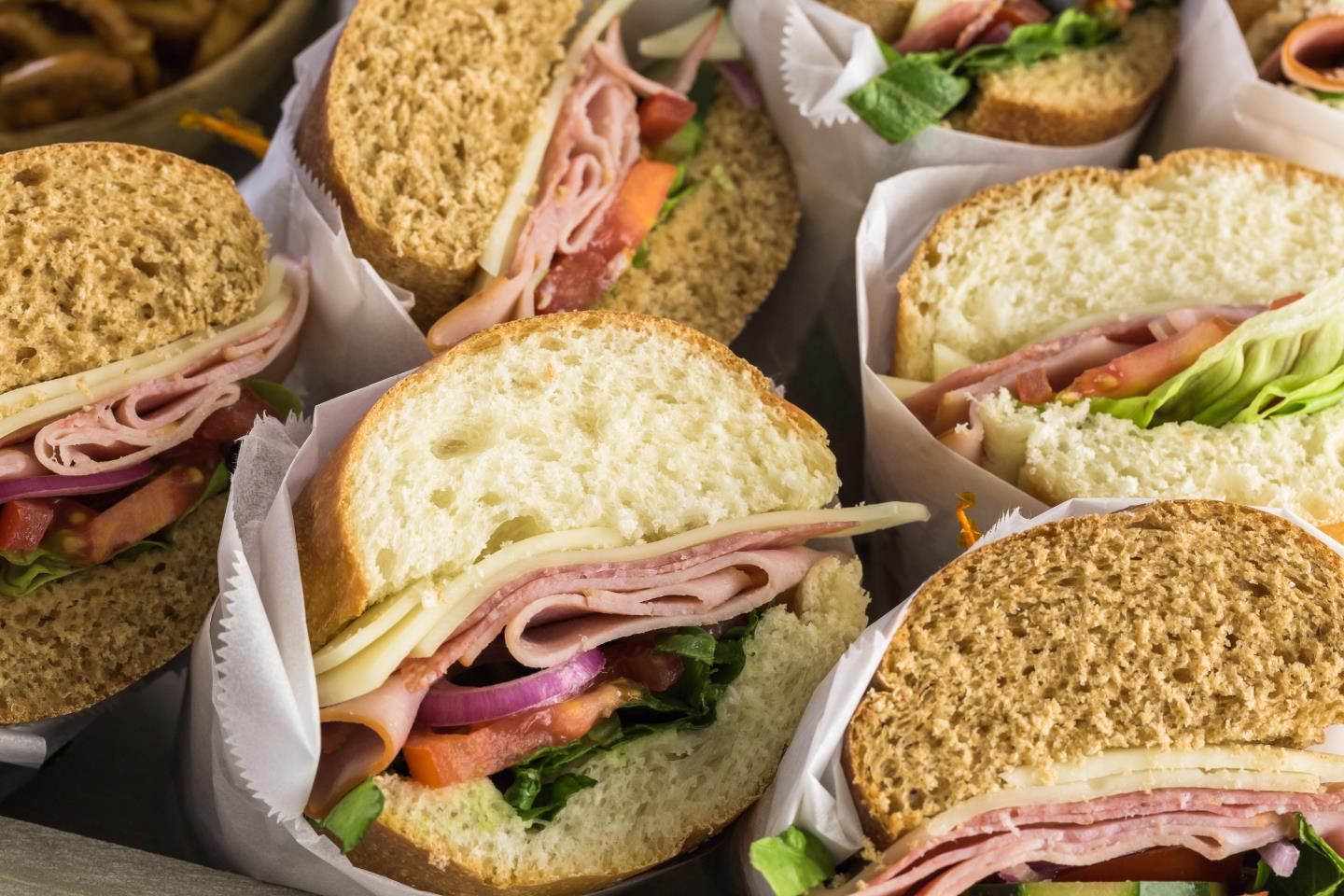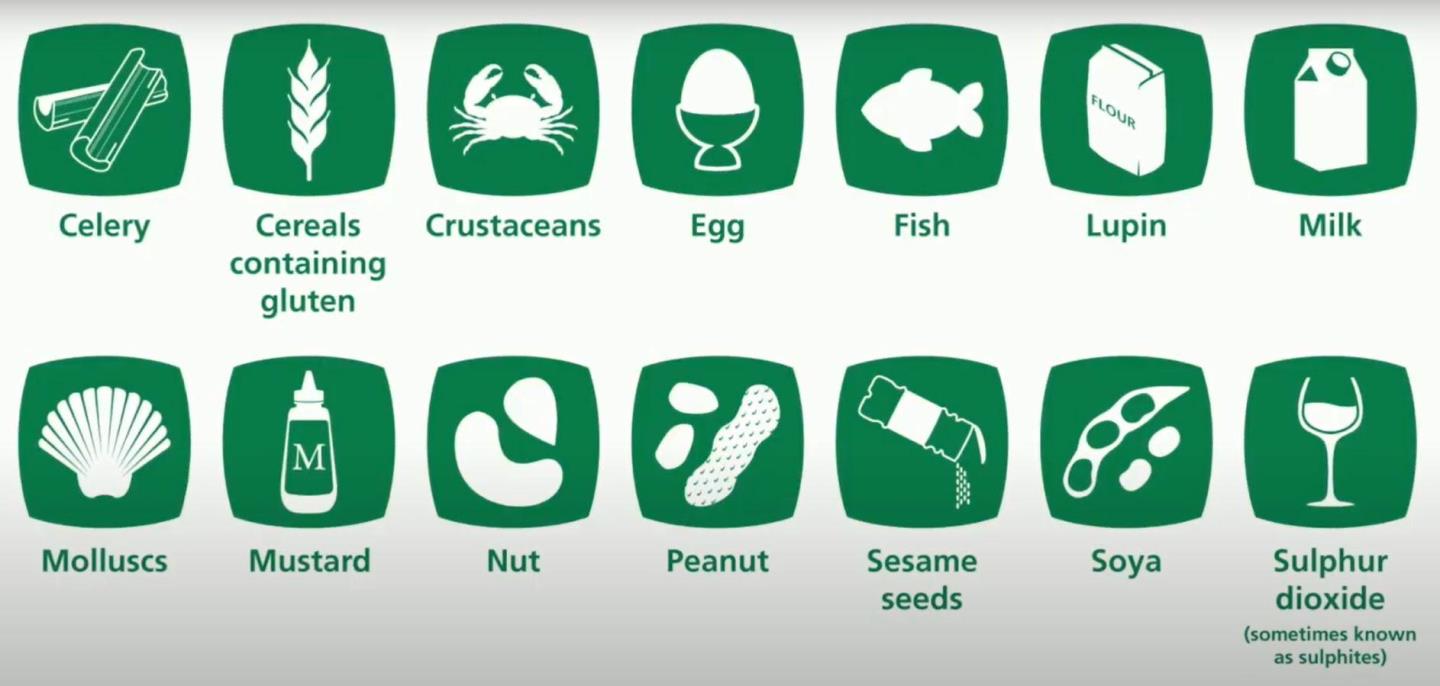New legislation which requires food businesses in Scotland to include detailed ingredient and allergen information on labels for prepacked for direct sale (PPDS) foods will become law on October 1, 2021.
The law, named Natasha’s Law, will make it a mandatory requirement for food firms to include the product name and make sure a full list of ingredients, including allergen information, is clearly identifiable.
It was first introduced in 2019 following the tragic death of 15-year-old Natasha Ednan-Laperouse who, in 2016, suffered a fatal allergic reaction after eating a baguette bought from Pret a Manger which had undeclared sesame seeds in it.
Consumers have been calling for improved labelling following her death and other high-profile allergy fatalities.
What products will be included?
Items that will need to have the contents of the ingredients in them listed include sandwiches, pies, burgers, ready meals or cakes/baked goods prepared and packaged by a food business before the consumer selects them.
Prepacked for direct sale refers to any item of food packaged so that its contents cannot be altered before being sold to the customer.
The term also refers to food items which have been packaged before being offered for sale on the same premises or from a mobile or temporary business, such as a market stall or food truck owned by that same business.
For those living with a food allergy or intolerance, this new law will offer increased confidence when purchasing food.
From October 1, PPDS labelling should include the 14 “most common” allergens as well as other ingredients which could trigger reactions.
Those 14 ingredients include:
Food Standards Scotland’s chair, Ross Finnie, said: “This legislation comes in response to an overwhelming number of requests from consumers and families of those at risk for complete allergen and ingredient information to be clearly visible on PPDS foods.
“Consumers can have clarity and trust in the food they buy, making it easier for those needing this information for safety and dietary reasons.
“This is a significant step forward and the changes mirror those being introduced across the UK.”


